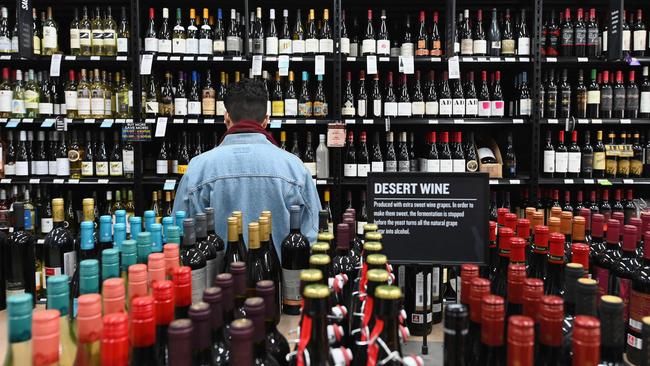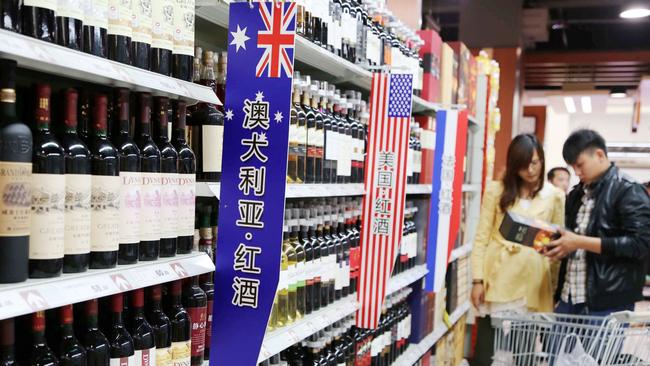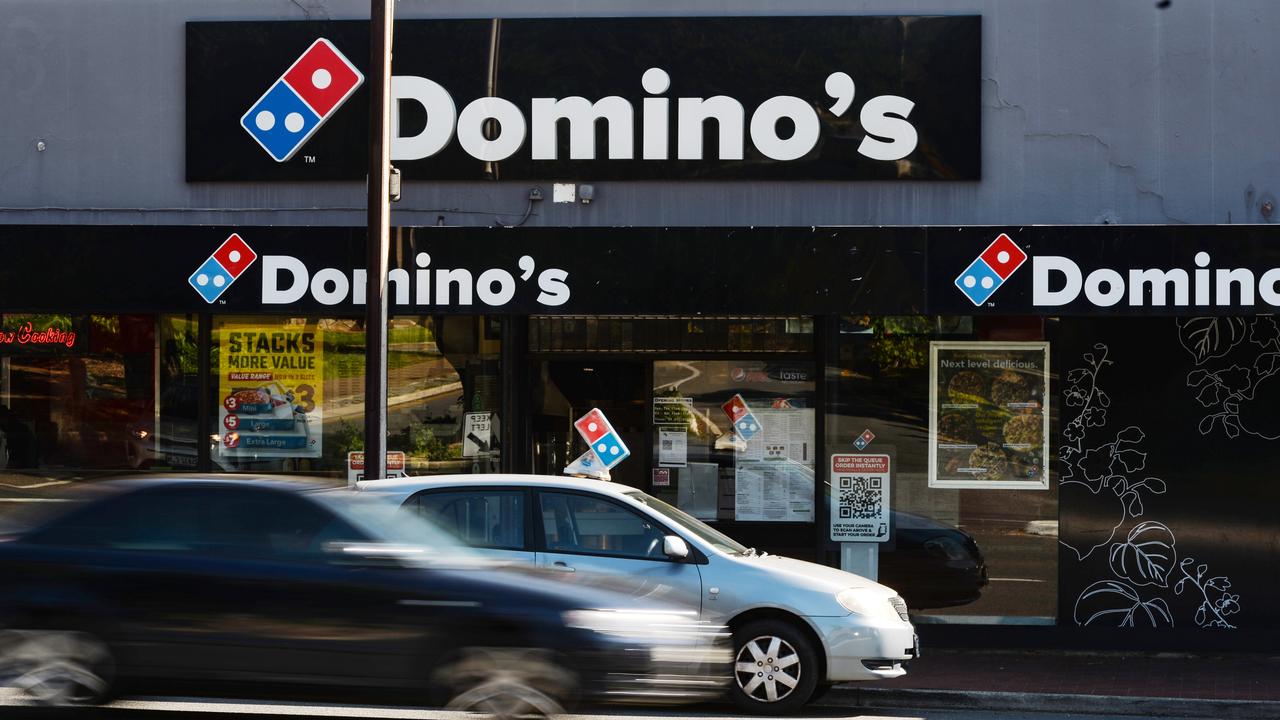Wine Australia on its long-term plan for industry revival
A mid-strength Shiraz for a younger audience? Tapping into emerging export markets? Australia’s wine industry is hunting solutions to steer the sector out of a crisis.

Staring down the barrel of one of the worst crises to hit the Australian wine industry, local winemakers are desperately searching for solutions to the huge glut that’s emerged after a three-year trade stand-off with China, and amid a general decline in red wine consumption globally.
The lifting of Chinese tariffs last March has injected some optimism into the local industry, but most exporters are taking a cautious approach to a market that’s unlikely to return to its pre-Covid boom when annual exports to China reached as high as $1.2bn.
It is widely recognised that the issues facing the industry run much deeper than the economic slowdown and changing market dynamics in the world’s second largest economy.
With alcohol consumption on the decline globally, and younger drinkers shunning wine altogether, attracting a new generation of consumers is seen as one of the keys to reviving the fortunes of a sector estimated to contribute $45bn to the Australian economy each year.
Many believe the problems date back to the 1990s with the overplanting of vineyards across inland regions like the Riverland, Sunraysia and Riverina, which have been hit hardest by the decline in global demand.
Those areas are where the Australian industry developed its image as a cheap and cheerful alternative to the old-world wine producers.
But in the chase for margin over volume, many winemakers are now pursuing a so-called “premiumisation” push in emerging export markets like Southeast Asia, and in established markets like the US and the UK.

Martin Cole is chief executive of Wine Australia, a statutory body that promotes the wine industry both domestically and overseas.
He says premium wine producers are operating in a “hugely competitive” environment, but the diversity of Australia’s wine regions and varieties provides a distinct advantage over other wine producing countries.
“There’s two big trends in the marketplace – there’s premiumisation, so people are drinking less and they’re trading up, so we’ve got to get our premium wines in there and talked about – that goes without saying,” he said.
“But also, most other wine-producing countries around the world work out how you can have a premium offering but also have an affordable offering.
“We’ve done a lot of work in the past year, and taken some of the top marketing people from the industry, and they’ve been working together on a joint marketing group to really reposition the national brand of Australia.
“Really that talks to the diversity of our offering. I don’t think anywhere in the world can you see the diversity of wine – if you talk about just the landscapes, the soil, the climate, the people, the styles – 100 varieties of grapes and 65 wine regions.
“What we’ve got to do is work out how do we showcase that? What’s the key touch points around a national brand?”
Figures from Wine Australia show that global wine consumption has fallen by 4 per cent a year since the onset of Covid-19, while the annual decline for other alcoholic drinks has been just 1 per cent. Per capita wine consumption is now 25 per cent less than it was 20 years ago, while other alcoholic drinks are at the same level.
The fall in demand has exacerbated the oversupply that emerged after Chinese authorities slapped tariffs of up to 218 per cent on Australian wine in 2021, with the current glut of mainly red varieties estimated at 200 million litres.
And while those tariffs are no longer in place, the trade war simmering between the world’s two largest economies and two of Australia’s largest wine export markets poses a new challenge.
The US is Australia’s third largest wine export market – valued at $325m annually – and any move by US President Donald Trump to expand his protectionist approach and interrupt that trade would be another major blow for the industry.
Companies like Treasury Wine Estates could also get caught in the crossfire given its operational presence in both the US and China, while others Australian wine exporters could benefit from a lower Australian dollar and any move by Chinese authorities to impose trade barriers on US wine producers.
Wine Australia recently partnered with industry group Australian Grape & Wine to develop a new long-term plan to reset the industry following the “perfect storm” of challenges.
The long-term vision outlined in the One Grape & Wine Sector Plan, released in August, hopes to create sustained growth in value to drive profitability, and underlines the importance of innovation across the supply chain as it positions the industry at a level where it is “valued as an essential part of Australia’s lifestyle and culture”.

And there are some pretty novel ideas to tap into younger generations of drinkers, including a commitment from Wine Australia to support innovative wine production initiatives such as the development of mid-strength varieties.
“If you look at what folks are drinking, there’s a lot of competition for other alcoholic beverages, so think ready-to-drink, spritzers, spirits – so we’ve got to work out how do we make wine cool again?” Dr Cole said.
“So that could be innovation in packaging, different formats. If you look at beer and spirits, they’ve done a good job at the whole experience and the occasion. At a category level we’ve got to work out how to make the category more relevant and fun.
“We did a piece of work trying to size the prize on if we were to do what beer has done, and really get our heads together around a mid-strength category, a lighter offering.
“And that shows that it’s a massive opportunity in the wine space. If we could get that together, and tell that story right, and get the quality right, that could be a $1bn opportunity over the next decade.
“That’s the sort of thinking we’ve got to do. That’s not to go away from our great heritage and the premium offering, but at the same time, if we don’t respond to what the consumer wants, then the danger is we’ll lose the economy of scale that we’ve got in our wine business. It’s a huge value-adding business for Australia.”
Around 60 per cent of the wine that Australia produces is exported.
In the year to December, wine exports increased by 34 per cent to $2.6bn, largely due to the revival of the Chinese market, where the value of shipments reached $902m.
However, China’s overall wine imports from all of its trading partners are well down on their pre-Covid high, with the latest figures from the UN Comtrade database showing the country imported just $2.5bn worth of wine in 2024, down from $4.6bn in 2018.
Dr Cole says the Chinese market will be largely a “premium play” for Australian producers, and export market diversification continues to be a key priority for Wine Australia heading into 2025, with South East Asia identified as a key growth region, alongside traditional markets like the US, where the organisation is planning a series of roadshows throughout the year.
McLaren Vale winery Wirra Wirra expanded into the US market last year after signing an exclusive distribution agreement with wine giant E. & J. Gallo Winery.

The company is looking to double its global exports to around 20 per cent of its total production, to countries across Europe, Asia, North America and the Pacific Islands.
Chief executive Matthew Deller says an overhaul of the funding available to Australian wine exporters should be considered as a way to create a more significant impact in potentially lucrative markets like the US.
He says a scheme operated in New Zealand, where larger grants are provided to fewer recipients capable of quickly scaling up, has proven hugely successful across the Tasman, and could be replicated in Australia.
“The New Zealand wine industry exports more than the Australian industry, and I think part of that success story has been the way that New Zealand Trade & Enterprise supports export growth,” he said.
“Any exporter can apply with a growth plan, but it has to be a really robust growth plan, it has to be extremely tangible with lots of KPIs, and there has to be a very clear demonstration of why it is game-changing, whether it’s a new distributor or a new product or new marketing plan.
“It’s fewer grants but better and more impactful programs, and that’s worked really well because it follows the ‘rising tide floats all boats’ principle.
“Premium regional Australian wine, particularly in the US market – that’s what it needs. It needs some beachheads, it needs some players that lead the way and create some success stories, because success breeds success in the US market.
“Once there are a few successful brands, then the retailers will start looking for more.”
Taylors Wines is dipping its toes back into the Chinese market, while also exploring opportunities to boost sales into Canada, South Korea, Japan, Singapore and Malaysia, as well as in the UK, where it’s taking a more cautious approach in light of recent excise increases.

Managing director Mitchell Taylor says Australian wine needs to develop a new identity focused on its premium offering in order to win a bigger piece of a shrinking global pie.
“I think we need to concentrate more at the very top halo opinion,” he said.
“I think some brands have had some success in some markets. You could look at Penfolds in China – that’s been done very well.
“But when you look at the broad brush in big markets like the UK and the USA, it tends to be our entry level wines. The real gems of the quality that we have in Australia – we really need to get that message out to the sophisticated wine consumers, because they still look to the old, traditional wine producing countries for the top end quality.
“And I think that’s where we need some help, with the government backing Wine Australia on the great generic promotion programs, but also to have that ability to compete with the giants from France, Spain and Italy that have European subsidies that help them do marketing in these key prestigious wine markets around the globe.”
More Coverage
Originally published as Wine Australia on its long-term plan for industry revival





